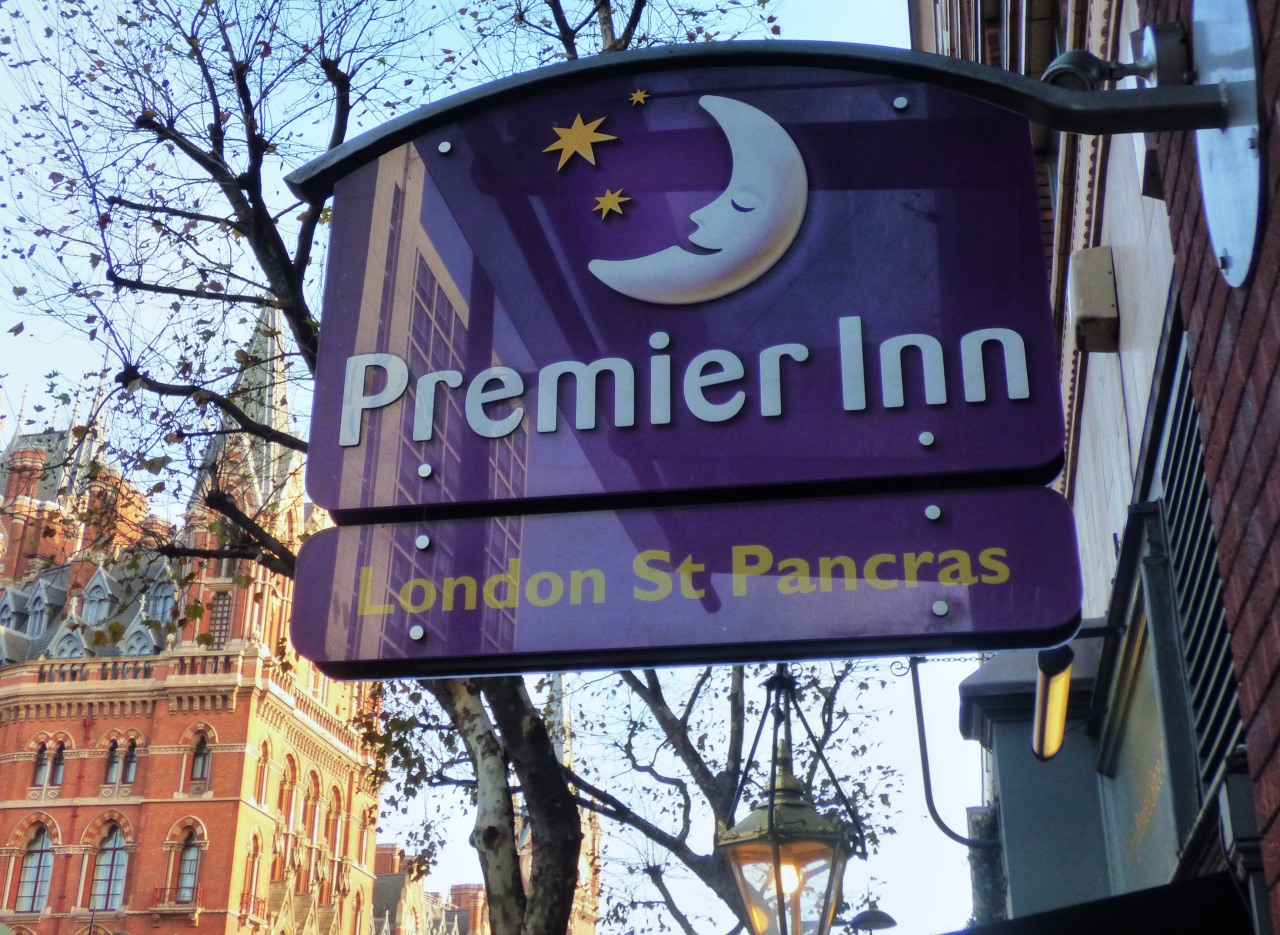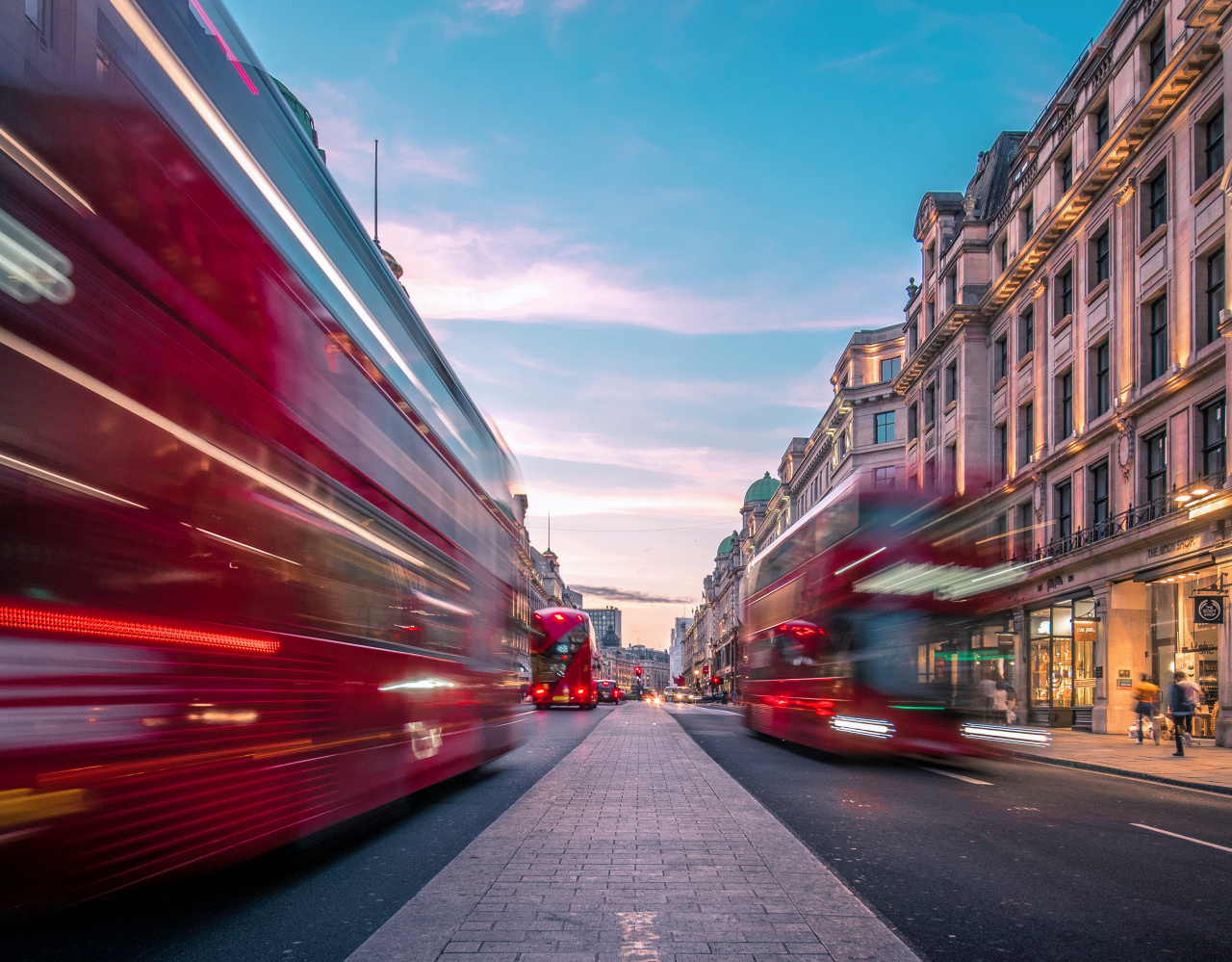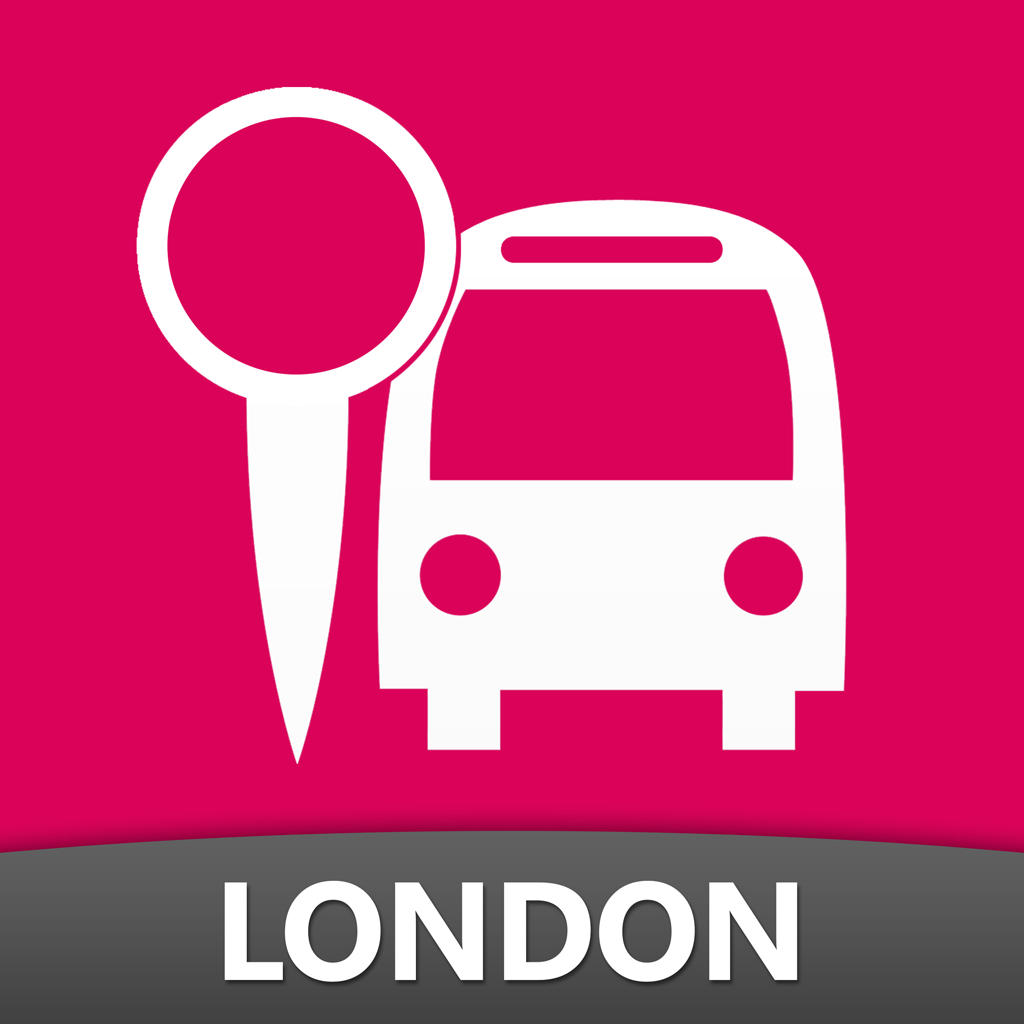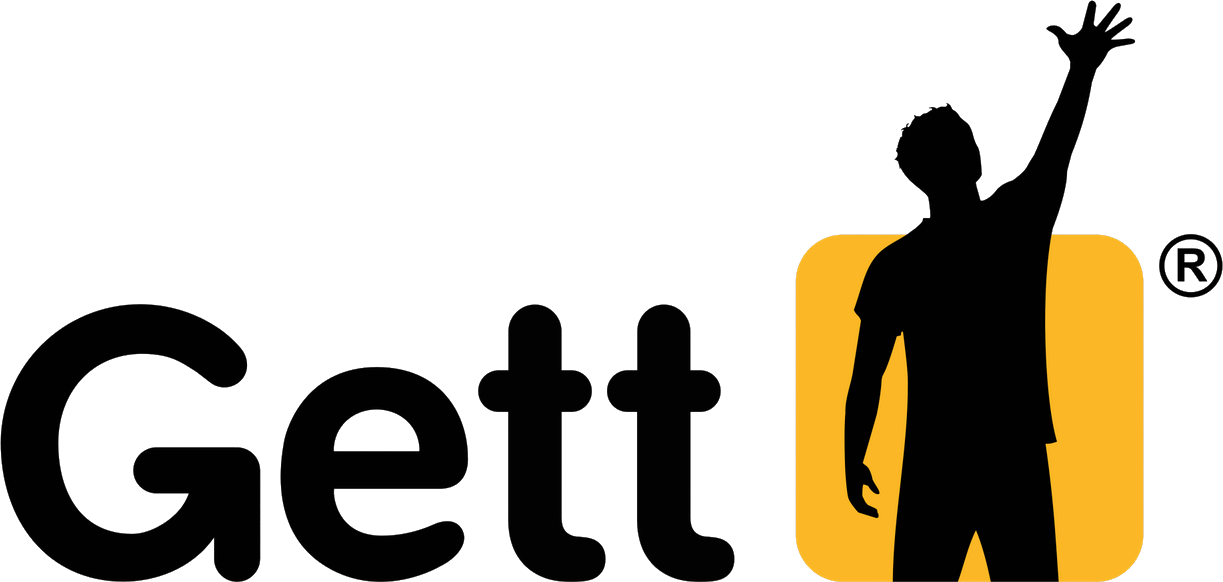Updated: 18 April 2023 |
Where to stay and how to get around
ACCOMMODATION ADVICE AND TRAVEL TIPS
Guidance on finding budget and mid-priced accommodation, plus advice on using all kinds of public transport in London, including recommended maps and apps.

WHERE TO STAY?
People who know me and are aware I’ve been traveling to London for many years for both work and leisure often ask where I’d recommend them to stay. However, that can be difficult as it not only depends on the areas they’re planning on visiting, but whether they prefer to stay close to the major shopping, entertainment or nightlife facilities – or somewhere quieter.
London has many smaller independent hotels, the standards of which can vary enormously. I find it is safer and more convenient to use one of the recognised hotel booking agencies, such as Booking.com (which is my personal favourite). Here you can see a very wide range of properties, from one to five stars, and besides guaranteeing the prices they quote will be the lowest available anywhere, they provide a detailed description of the hotel or apartment including a map showing its position, together with photographs.
To me, one of the particular advantages of using booking.com are the independent reviews that are only from people who have actually booked through the website and stayed in the relevant property.
This enables you to get a much better idea as to whether the hotel or apartment is likely to suit – and in addition, you can use the site to email any specific questions you would like answered. In addition, many of the properties on the website often offer various cancellation options, should your travel plans change.
Premier Inns
In recent years I have also become a great fan of Premier Inns. For a start, you can find them in most parts of London and whilst prices (as with all hotels) vary according to how busy they are, the location and date, they generally offer a competitive price for a reliable standard. In other words, good value for money. My experience of Premier Inns in London is that their bedrooms are all virtually identical. Some people may say that’s boring, but at least you know exactly what you’re going to get for your money. No hidden surprises, which compared with some London hotels can be a great advantage.
Secondly, as a light sleeper I appreciate their marketing slogan “A good night’s sleep or your money back” – and my experience is that they have better soundproofing than most hotels, as well as exceptionally comfortable beds. So, I’ve never needed to take advantage of their guarantee! In addition, they offer extremely good value breakfasts.
As with all hotels, customer review sites (such as Tripadvisor) can give a relatively unbiased view. But read the reviews with an open mind; some people are more fussy than others and what to me would be just a minor problem can lead them to leave scathing comments.
Airbnb
I have stayed in a number of Airbnbs in London and never been disappointed. However, as with booking hotels, I always check the descriptions and reviews from past guests very carefully. They are particularly suitable for stays of three or more nights and enable you ‘live more as a local than a tourist’.

GETTING ABOUT
London has the most wonderful public transportation service. Buses, the Underground (or ‘Tube’, as it’s widely known), Overground rail services, the ‘black’ hackney taxis and these days of course the ride-hailing apps of Uber, Ola and several others.
Transport for London (TfL) is the statutory body responsible for all passenger transport in London including the Underground and Overground rail services, the Docklands Light Railway (DLR), buses, cycling schemes, licensing of taxis and private hire vehicles and the road network itself.
They have an excellent downloadable app that gives invaluable live Tube, bus and other information. They also operate the excellent Oyster Card system.
PAYING TO TRAVEL IN LONDON
One of the attractions of using public transport in London is how easy it is to pay. Whether on the Underground, Overground, Docklands Light Railway, bus, riverboat, cable car … you simply either use your contactless debit or credit card, or an Oyster Card.
The Oyster Card
Since they were introduced in 2003, Oyster cards have been the way that Londoners, and visitors, have paid for their travel on buses and the Underground. They can be purchased via a ticket machine at stations.
However, an increasing number of Londoners, and most tourists, now use a ‘contactless’ debit or credit card instead, which you use in the same way as an Oyster Card.
If you do decide to purchase an Oyster card, there is a minimum charge of £7. You can decide how much credit to put on the card and top up anytime thereafter.
Visitor Oyster Cards
Tourists visiting London can also purchase a Visitor Oyster Card. These can be purchased before you arrive in London, and they are sent to your home address.
London Day Travelcard
With a TfL (Transport for London) Travelcard you can travel as much as you like and as often as you like on buses, the Tube, DLR, Overground, Elizabeth line and National Rail services within zones 1 to 4 or 1 to 6. Additionally, you’ll receive a 33% discount on the Thames Riverboats and a 25% discount on the London Cable Car (see below). You can purchase them through the ticket machines at Tube stations and most mainline rail stations.
TAP IN AND OUT
With a contactless or Oyster card, simply tap the card on the yellow reader on the top of the ticket gate on the Underground, DLR and Overground. But always remember to tap out as well, or else you will be charged the maximum fare. (It is easy to forget to do this on the DLR, as few stations have ticket gates).
For information on paying on buses, see BUSES below.
Senior citizens and bus passes
Many people who have reached the State Pension age or have a disability will have an English National Concessionary Pass, entitling them to free travel on buses in England. Whilst these are valid on London buses (except before 9am on weekdays), you will need to show your pass to the driver when you board, as you cannot use it on the ‘touch’ system.
Unless you are permanently resident in London, concessionary passes are not valid on the Tube or Overground networks, so you will need to either purchase an Oyster card or use your debit or credit card when you enter a station at the start of your journey and leave again at the end.
THE UNDERGROUND
The Tube is usually the quickest way to get about, providing of course there’s a station within walking distance of where you are starting and finishing your journey.
The Underground network is split into nine zones, though few tourists generally venture outside of Zone 1, which covers most of central London, or Zone 2. Indeed, I would say that most tourists spend the majority of their time within Zone 1.
For a current London Underground map showing the relevant zones, please click here.
LONDON BUSES
The London bus network is incredibly extensive and reasonably priced but, thanks to the London traffic, it is generally a slower way to get around. However, you do get to see more, particularly if it’s a double-decker and you are upstairs. Remember that you cannot buy a ticket for a bus when you board – you have to use a ‘contactless’ debit or credit card, Oyster card, or pre-purchased Travelcard. Simply touch the yellow card reader as you board.
Bus fares are standardised at £1.65 per journey, though you can get on unlimited buses within one hour without paying any more. Bus fares are capped at £4.95 a day, regardless of how many journeys you make within that time.
DOCKLANDS LIGHT RAILWAY (DLR)
The DLR is run separately from the Tube and Overground rail systems, but still comes under TfL. You still need to use either a debit or credit or Oyster card to touch in at the beginning and touch out at the end of your journey.
However, be warned – whilst at most Tube stations you cannot enter or leave without passing through electronic gates that will only open by touching in or out with the relevant card, this is not the case with the DLR. In most cases you don’t pass through gates – instead you have to remember to look out for the touch machines that are situated in various places at station entrances and exits at both ends of your journey. Ticket inspectors make regular checks on passengers, both on the trains themselves as well as at station exits. Those who haven’t touched in will receive penalty fines.
UBER BOAT by Thames Clippers
I find the Thames Clippers river bus services a great way to get around, providing of course your start point and destination are somewhere near to the river.
It’s a great way to travel up or down the Thames and is popular with commuters and tourists alike. The boats are comfortable, very fast and there’s plenty of seating, but you can’t reserve them – it’s first come, first served. There’s a small café on board offering coffees, teas as well as wine and beer, and simple snacks. However, there’s no running commentary as to what you see – you need a sightseeing cruise if that’s what you want.
All in all I think they’re a great experience. It’s certainly a fascinating way to see London from the river – as indeed are the many sightseeing cruises that are available.
You can buy tickets at some of the piers or on board. If you pay with an Oyster card or contactless debit or credit card you get one third off the fares.
Services operate at many key points on the Thames – Westminster, London Eye, Blackfriars, London Bridge, Tower of London, Canary Wharf, Greenwich, O2, etc.
For more information, including route maps, timetables and fares, click here.
In addition, you can find details of various river cruises on the Transport for London website.
SANTANDER CYCLES
Previously known as ‘Boris bikes’, they were introduced when Boris Johnson was mayor of London and were originally sponsored by Barclays Bank. They have over 11,000 cycles for hire at around 750 docking stations across London. Rides cost £1.65 for each 30 minutes hire session, and the same for each additional 30 minutes.
You can return the bike to any of the 750 docking stations, provided of course they have space; the app will show you which ones nearby have spaces.
You can either download the app beforehand or simply just turn up at a docking station and use your contactless bank card to release a bike and set off.
You can find more information by clicking here.
IFS CLOUD CABLE CAR over the Thames
Formerly known as The Emirates Air Line, it takes you from and to Royal Docks to Greenwich Peninsula. This was one of the controversial ‘travel innovations’, along with the ‘Boris Bikes’ that were introduced by Boris Johnson when he was Mayor of London.
Single journeys cost £6. You can purchase tickets online or at the actual terminals at both Greenwich Peninsula or Royal Docks.
You can find out more here.
Kids: Free or half price |
COMING TO LONDON WITH CHILDREN
Under 16s are eligible for free or discounted travel, depending on their age.
Children under 11 travel free on buses, the Underground, Overground and DLR when using an Oyster card or Travelcard and accompanied by an adult. (Maximum of four children per adult).
For children between 11 and 15 years old you should buy a Visitor Oyster card when you arrive in London – they are available at most Tube stations – and ask for a Young Visitor discount to be added to the card.
MAPS AND APPS TO HELP YOU GET AROUND
Having a map of the Tube on your phone or other device that can point you to the nearest station, give details of delays and a whole host of other services is extremely helpful.
Citymapper
For help in travelling around London I recommend the Transport for London official website, and their excellent app.
I can also recommend the Citymapper website and app. You can tell it where you want to go and from where – and it will give you suggested routes, times, etc. – by Tube or bus, riverboat, or even by bike. It will also factor in real-time delays on the recommended routes.
UK Bus Checker
My favourite ‘bus app’ is UK Bus Checker. There used to be two versions – a London Bus Checker and a UK Bus Checker – but now the UK version covers London as well as most of the rest of the UK. Available for both IOS and Android devices, it is free.
OTHER WAYS OF GETTING ABOUT
London’s black hackney cabs are of course one of the city’s unique ways of getting about. In my experience, no other city in the world offers a safer, more reliable system of taxis.
Hackney cab drivers will have passed the unbelievably strict Knowledge test, meaning they will know virtually every major street (and often minor ones), most hotels, tourist sights – and the short cuts to get there, without using a satnav.
However, they have suffered of late from the increased competition from Uber, Ola and other private hire ride-hailing services, but they have fought back and there are now several black cab apps, ‘taxiapp’, which has been set up by cab drivers themselves to compete with Uber and others. Other popular apps for black cabs include Gett.
Whilst Uber and similar ride-hailing apps may be a little cheaper, particularly at certain times of the day, the drivers will often have little idea of the geography of London and will have to constantly rely on their satnavs – which sometimes don’t show them the quickest route, especially in busy traffic. Their drivers won’t have had to have passed the stringent vetting and other tests that the black cab drivers have to. Having said that, registering for Uber and having their app on your phone can be extremely useful at times.
Please note – I try to keep the information about accommodation and travel around London as up to date as I can, but obviously things can change at short notice, so I recommend you check with the appropriate website if you need the latest information.


